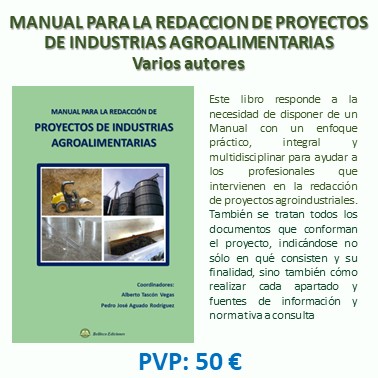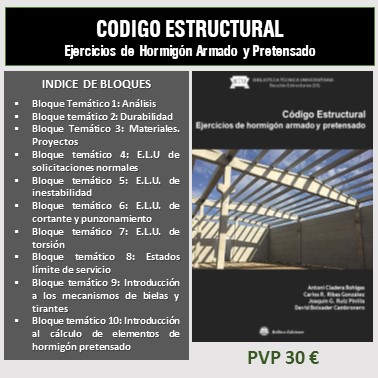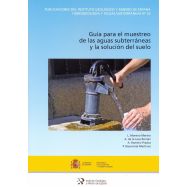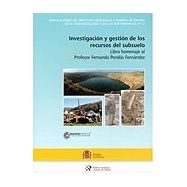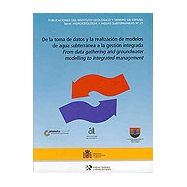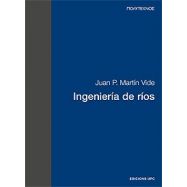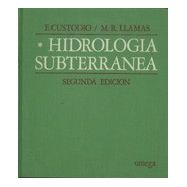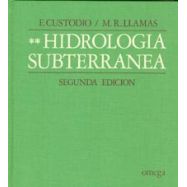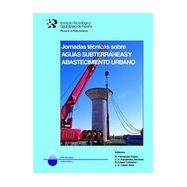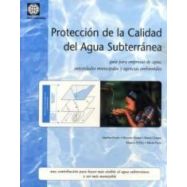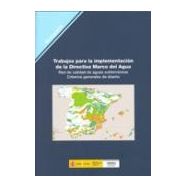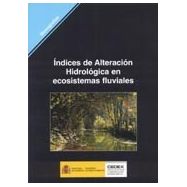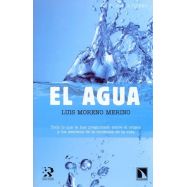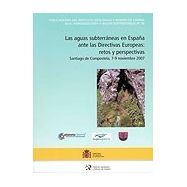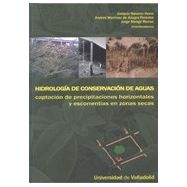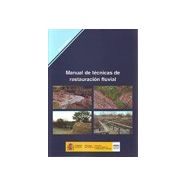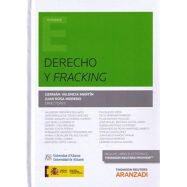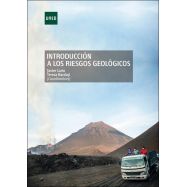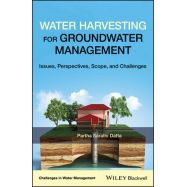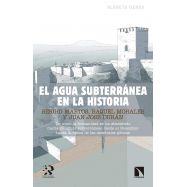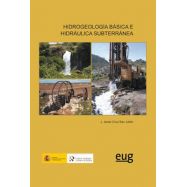Ningún producto
Materias
- BELLISCO EDICIONES. Nuestro Fondo Editorial
- FONDOS EDITORIALES EN DISTRIBUCION
- LIBROS TECNICOS EN INGLES
- ARQUITECTURA - URBANISMO
- AUTOMOCION - MOTORES - VEHICULOS
- AVIONICA - AERONAUTICA
- CALIDAD - EMPRESARIALES - GESTION
- CIENCIAS EXACTAS - MATEMATICAS
- CIENCIAS NATURALES Y APLICADAS
- CIENCIAS DE LA TIERRA - INGENIERIA DEL SUELO
- DICCIONARIOS TECNICOS
- ESTRUCTURAS - CONSTRUCCION
- FORMACION PROFESIONAL
- HIDRAULICA - INGENIERIA SANITARIA - AGUAS
- INGENIERIA CIVIL - OBRAS PUBLICAS
- INGENIERIA MECANICA E INDUSTRIAL
- INSTALACIONES . GENERALES, EN EDIFICACION E INDUSTRIALES
- MATERIALES
- MEDIO AMBIENTE
- NORMATIVA
- OPOSICIONES
- PREVENCION DE RIESGOS LABORALES
- PROGRAMAS INFORMATICOS DE CALCULO
- TECNOLOGIA DE LOS ALIMENTOS: Industrias: Conservación, envasado y cadenas alimentarias
- TELECOMUNICACIONES - INFORMATICA - TECNOLOGIA DE LA INFORMACION
- OUTLET DE BELLISCO: Descuentos de hasta el 80%
- RELIGION, TEOLOGIA, MORAL Y ESPIRITUALIDAD
- VARIOS
- OFERTAS
- PROMOCIONES
- NEWSLETTER
- CATEGORIAS DESTACADAS
- ULTIMAS NOVEDADES BELLISCO
- ARQUITECTURA SOSTENBILE
- URBANISNO
- MATEMATICAS EN GENERAL
- AGRONOMOS-AGRICULTURA-FORESTALES
- ELECTROMAGENTISMO-ELECTRONICA-ELECTRICIDAD
- INGª Y MECÁNICA DEL SUELO. CIMENTACIONES
- TOPOGRAFIA, FOTOGRAMETRÍA, GEODESIA
- EDIFICACION
- ANALISIS DE ESTRUCTURAS, RESISTENCIA DE MATERIALES, ELASTICIDAD, CALCULO MATRICIAL
- OFICIOS VARIOS
- ABASTECIMIENTO Y DISTRIBUCION DE AGUA
- PUENTES
- TUNELES Y OBRAS SUBTERRANEAS
- MAQUINAS Y MECANISMOS
- SOLDADURA
- CLIMATIZACION
- INSTALACIONES DE AGUA
- INSTALACIONES ELECTRICAS CIENCIA E INGENIERIA DE MATERIALES
- ENERGIAS RENOVABLES
- DESARROLLO SOSTENIBLE
- INFORMATICA-SISTEMAS-FORMACION-PROGRAMAS
-
ANALYTICAL GROUNDWATER MODELING. Theory and Applications using Python
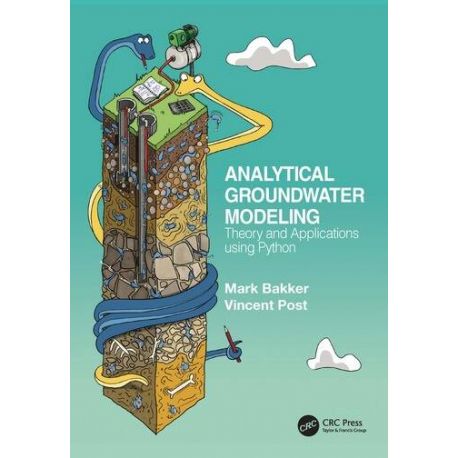 Ver más grande
Ver más grande Referencia: Código 10044
Julio de 2022 - Mark Bakker, Vincent Post Refª 10044
Mark Bakker, Vincent Post
Julio de 2022 Páginas: 242 Tapa blanda
Código 10044 ISBN/EAN: 9781138029392
Book Description
This book provides a detailed description of how Python can be used to give insight into the flow of groundwater based on analytic solutions. Starting with simple problems to illustrate the basic principles, complexity is added step by step to show how one-dimensional and two-dimensional models of one or two aquifers can be implemented. Steady and transient flow problems are discussed in confined, semi-confined, and unconfined aquifers that may include wells, rivers, and areal recharge. Special consideration is given to coastal aquifers, including the effect of tides and the simulation of interface flow.
Application of Python allows for compact and readable code, and quick visualization of the solutions. Python scripts are provided to reproduce all results. The scripts are also available online so that they can be altered to meet site-specific conditions. This book is intended both as training material for the next generation of university students and as a useful resource for practitioners. A primer is included for those who are new to Python or as a refresher for existing users.
Table of Contents
0. Basics of Groundwater Flow. 1. Steady One-dimensional Flow with Constant Transmissivity. 2. Steady One-dimensional Semi-confined Flow. 3. Steady One-dimensional Unconfined Flow with Variable Saturated Thickness. 4. Steady One-dimensional Flow in Coastal Aquifers. 5. Transient One-dimensional Flow. 6. Steady Two-dimensional Flow to Wells. 7. Steady Two-dimensional Flow to Wells in Uniform Background Flow. 8. Analytic Element Modeling of Steady Two-dimensional Flow. 9. Transient Two-dimensional Flow. 10. Steady Two-dimensional Flow in the Vertical Plane. 11. Appendix - Python Primer
Author(s)
Biography
Mark Bakker is a groundwater engineer and a professor at the faculty of Civil Engineering and Geosciences of the Delft University of Technology. He has taught groundwater and Python classes for more than two decades and is the originator and co-developer of many Python-based open-source modeling tools, including Timml, Ttim, Pastas, and Flopy.
Vincent Post is a hydrogeologist with research interests in coastal hydrogeology and groundwater quality. After a career in academia and research he founded Edinsi Groundwater in 2021. Python has become indispensable in his everyday professional life, and he actively promotes its use in hydrogeology by teaching courses and developing Python-based tools.
Descripción del libro
Este libro proporciona una descripción detallada de cómo se puede usar Python para dar una idea del flujo de agua subterránea en base a soluciones analíticas. Comenzando con problemas simples para ilustrar los principios básicos, se agrega complejidad paso a paso para mostrar cómo se pueden implementar modelos unidimensionales y bidimensionales de uno o dos acuíferos. Los problemas de flujo estacionario y transitorio se analizan en acuíferos confinados, semiconfinados y no confinados que pueden incluir pozos, ríos y recarga de área. Se presta especial atención a los acuíferos costeros, incluido el efecto de las mareas y la simulación del flujo de interfaz.
La aplicación de Python permite un código compacto y legible, y una visualización rápida de las soluciones. Se proporcionan secuencias de comandos de Python para reproducir todos los resultados. Los scripts también están disponibles en línea para que puedan modificarse para cumplir con las condiciones específicas del sitio. Este libro pretende ser material de formación para la próxima generación de estudiantes universitarios y un recurso útil para los profesionales. Se incluye un manual básico para aquellos que son nuevos en Python o como un repaso para los usuarios existentes.
Tabla de contenido
0. Fundamentos del Flujo de Agua Subterránea. 1. Flujo unidimensional estacionario con transmisividad constante. 2. Flujo semiconfinado unidimensional estacionario. 3. Flujo no confinado unidimensional estacionario con espesor saturado variable. 4. Flujo Unidimensional Estacionario en Acuíferos Costeros. 5. Flujo unidimensional transitorio. 6. Flujo bidimensional estacionario a pozos. 7. Flujo bidimensional estacionario a pozos en flujo de fondo uniforme. 8. Modelado Analítico de Elementos de Flujo Estacionario Bidimensional. 9. Flujo bidimensional transitorio. 10. Flujo bidimensional estacionario en el plano vertical. 11. Apéndice - Introducción a Python
TAMBIEN LE PUEDE INTERESAR
- 57,00 €
- 30,00 €
- 10,00 €
- 15,00 €

